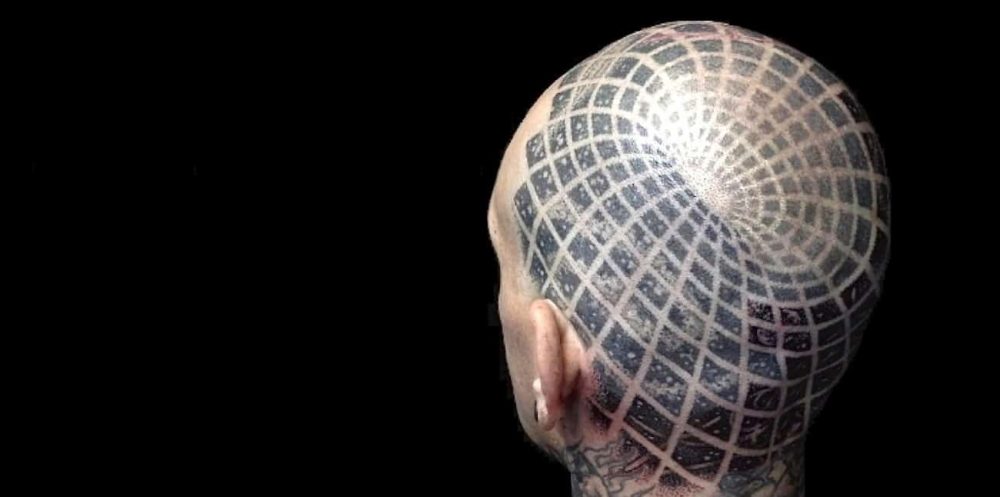Fair use is a legal argument not a legal right or anything at least in the USA. Which just means if I hire an expensive enough lawyer and your lawyer is shit enough, then changing the medium does make it transformative. Just how the legal system works.
But that is not the definition of transformative. While it's true that the circumstances can change depending on the interpretation of the law, if the interpretation does not make sense under the definition of the law, then that changes nothing. In this case, the only way you can argue that drawing the tattoo of a copyrighted work is transformative, is if the purpose of the action is vastly different. Such purpose could be to showcase a new concept of drawing, to improve the opinion on tattoos or to showcase the importance of tattoos in society. Simply drawing a tattoo on the skin and saying "Hey, check out my cool tats!" does not make it transformative. But if you draw the tattoo using a copyrighted work but make it has illusionary or holographic property, then that is most definitely transformative, assuming the original isn't illusionary or holographic.
For example, someone who commits murder can be sentenced to life imprisonment, 10 years jail or freed. There is undisputed evidence that he committed the murder, so there is no question that he did it. The only questions could be
1. Did he do it out of malice?
2. Did he do it with a sound mind?
3. Did he do it with full awareness of his actions?
4. Was it an accident or on purpose?
5. Was there any provision in the law that allows the consideration where the involvement of another person is significant to the sentencing?
It’s not a copy paste though. You’re for example taking a 2D digital drawing then drawing it by hand on 3d physical space containing curves and contours in an analog fashion. That is a transformation. To even be able to sue someone you not only need to be the copyright owner you also need to have it pantented with the patent office in the country(federally registered) you’re filing the lawsuit in. Beyond that you need to prove you were negatively impacted and there are damages. This is why most of these types of things are just settled on out of court because it’ll just be a big waste of money and time for both parties involved and it may very well just go nowhere. It’s overall a lose-lose situation for both people.
Indeed, to bring a case to court in America for example, you need to register your copyright. Copyright, not patent, patents are completely different things. You get copyright by default, but in America, you need to register it for a lawsuit, but this can be done anytime before the lawsuit itself.
As for the argument that you are drawing on 3D, would you say the surface of the skin is 2D or 3D? Does the tattoo extend out and become a statue or figurine on the surface of your skin? If it is just drawing on a surface, then that is clearly 2D, not 3D. But then again, if you can explain and prove why this is 3D, you might get away with calling it transformative. You need to prove this in front of the judge, though, it could go either way.
It is not correct to say that you need to be negatively impacted. If you feel that something violates your legal rights over your own artwork, you can bring on the lawsuit. Yes, there needs to be damages, or else the case will be thrown out of court, but in this case, the owner of the copyright can simply state emotional damages of having his artwork stolen and causing him to be unable to create another due to stress. That is a legitimate lawsuit.
But it is true that such cases are often settled out of court as court cases can be long and very expensive. If the owner can't recoup the losses of such lawsuit, he would be operating at a loss, having only moral victory if he won the court case. And unfortunately, just because he is the owner, depending on the nature of the lawsuit, he might not win it.
Disclaimer: This is not a legal advice. This is a general legal information.




